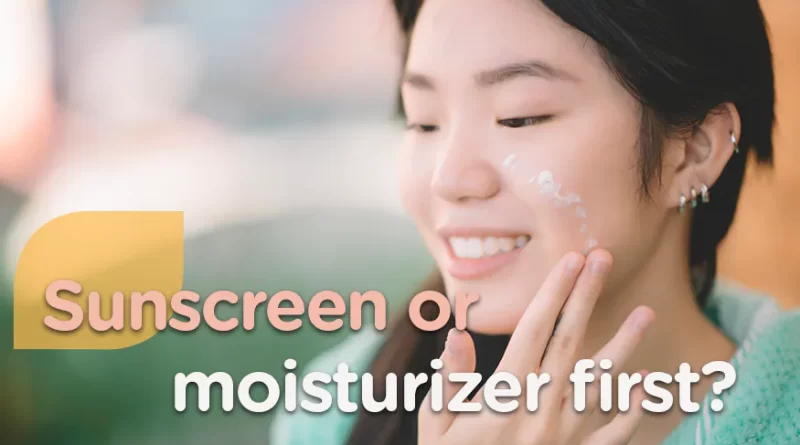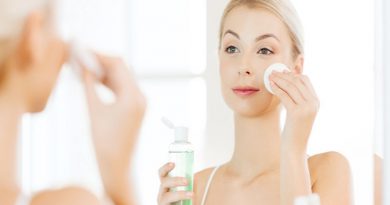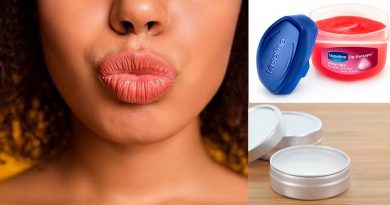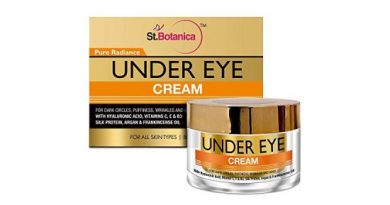Sunscreen Before or After Moisturizer: Right Way to Apply Sunscreen
The best thing that you can do to your skin is to wear sunscreen every day. No matter how many steps there are in your skincare routine, applying sunscreen is the most important one. Without this step, all the other steps are going in vain and you are simply wasting your efforts.
You must be aware of how harmful the UV rays are to the skin and can damage it to a great extent. Even if you are not stepping out of the house, make it a habit to always apply sunscreen.
Now, the order in which you do your skincare routine matters a lot. We all are confused about whether to apply sunscreen before or after moisturizer. These doubts are pretty common so keep reading to know everything you need to know about sunscreen.
Sunscreen or moisturizer?
Sunscreen should always be applied as the last thing in your skincare routine. Whether you are doing a three-step routine or a seven-step skincare ritual, sunscreen should always come last. Many people debate on how sunscreen can be used before applying moisturizer but that is just wrong.
The main purpose of sunscreen is to protect your skin from exposure to the Sun. If you will apply sunscreen and then add more products on top of it then the objective of sunscreen is ruined. After you have done your skincare routine or even your makeup, apply sunscreen as your final step to avail yourself of its benefits.
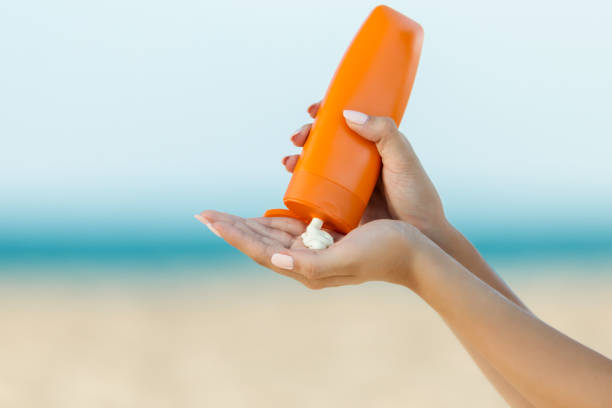
Types of Sunscreen
Wearing a broad-spectrum sunscreen daily is extremely important. However, several people have doubts as to which type of sunscreen to use. There are mainly two types of sunscreen: Physical and Chemical sunscreen. Here are the pros and cons of each type.
1. Physical Sunscreen
This type of sunscreen creates a protective barrier on the skin to filter out the UV rays. Popularly known as sunblock, physical sunscreen uses mineral ingredients to block the UV rays. From UVA to UVB rays, this sunscreen protects your skin from all kinds of rays.
Moreover, this sunscreen starts working instantly and you do not have to wait for a few minutes before stepping out of the house. The best thing about physical sunscreen is that it can be used by everyone. Be it babies or pregnant women, sunscreen benefits all people. However, this sunscreen can sometimes appear to be chalky, especially in photos.
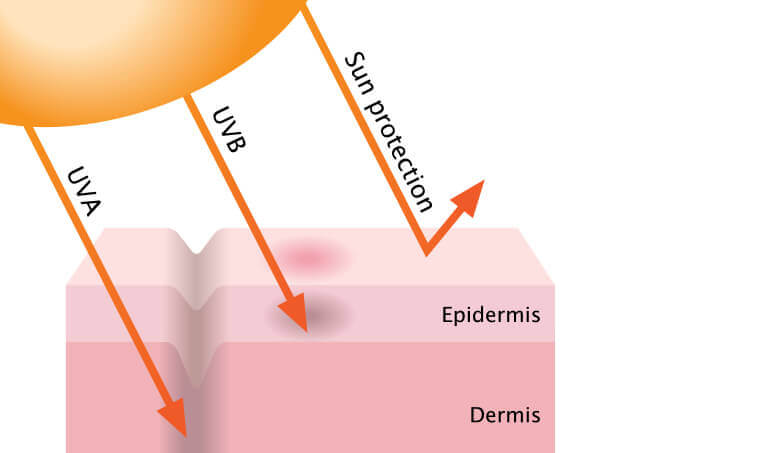
2. Chemical sunscreen
Also known as organic sunscreen, this type of sunscreen contains ingredients that can easily absorb UV rays. Chemicals present in such sunscreens turn the UV rays into heat and then scatter them on the skin.
Since the consistency of chemical sunscreen is thin, it feels light on the skin and can be used daily. However, you will have to apply this sunscreen at least 20 minutes before leaving the house. Some people face irritation as well as stinging on their skin after using chemical sunscreen so choose the product wisely.
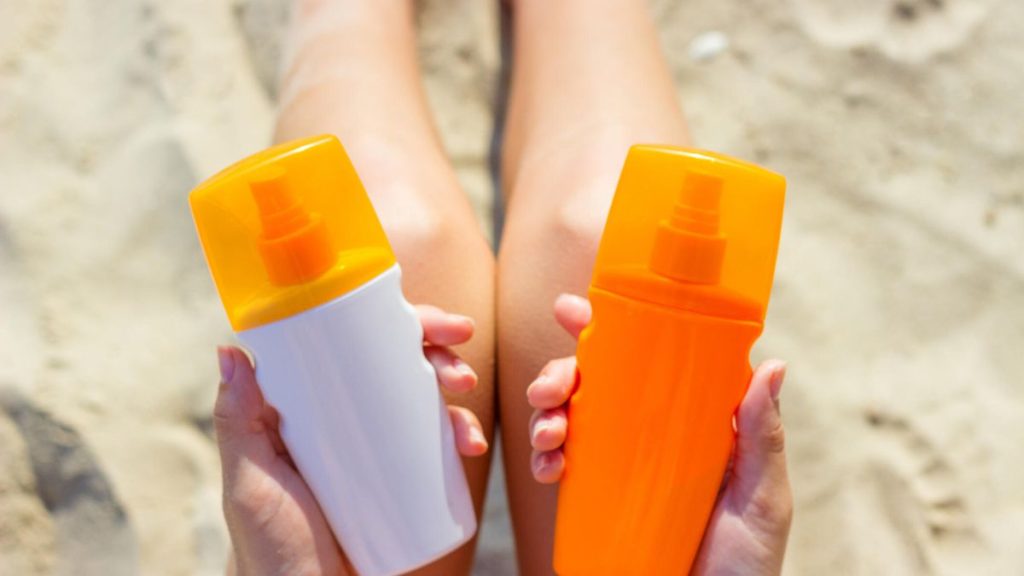
Physical or Chemical Sunscreen?
Physical sunscreen is considered safer because it does not penetrate the skin and simply sits on the skin. On the other hand, chemical sunscreen penetrates the skin and so they are getting into your body. If you have sensitive skin and you want sunscreen for daily use then opt for a physical sunscreen.
For days when the exposure to Sun is going to be high, go for chemical sunscreen. For instance, if you are going to the beach then you should go for chemical sunscreen. Depending on the type of sunscreen you are opting for, it can be decided whether you should apply moisturizer first or sunscreen.
Moreover, if you apply moisturizer beneath the sunscreen then it will not be able to penetrate the skin. If you apply sunscreen first followed by a moisturizer then it will not be able to create a protective barrier on your skin.
Therefore, if you are using a chemical sunscreen then it should be applied before a moisturizer. For physical sunscreen, apply it to the skin after your moisturizer. It all comes down to the type of sunscreen you are going to use.
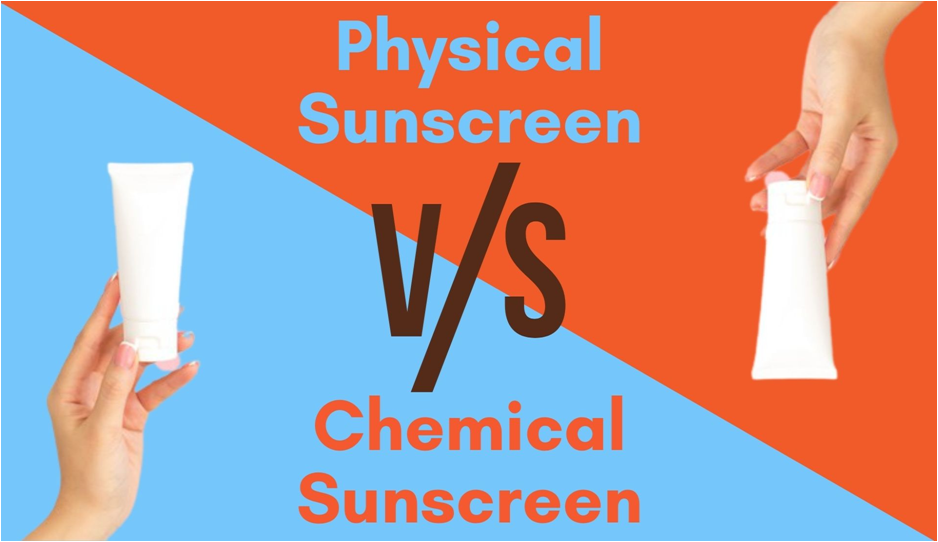
Is mixing sunscreen and moisturizer fine?
Most people think that mixing two different products will make no difference. However, this is not the case as every product must be layered to impart its benefits to the skin. While applying sunscreen and moisturizer, remember that you never mix the two products.
Both of them contain different active ingredients so mixing them will eliminate their individual functionalities. It is always better that you apply the moisturizer and sunscreen differently. By mixing the two products, you increase the chances of the sunscreen getting diluted and reducing its effectiveness. Do not take risks when it comes to the harmful UV rays damaging your skin.
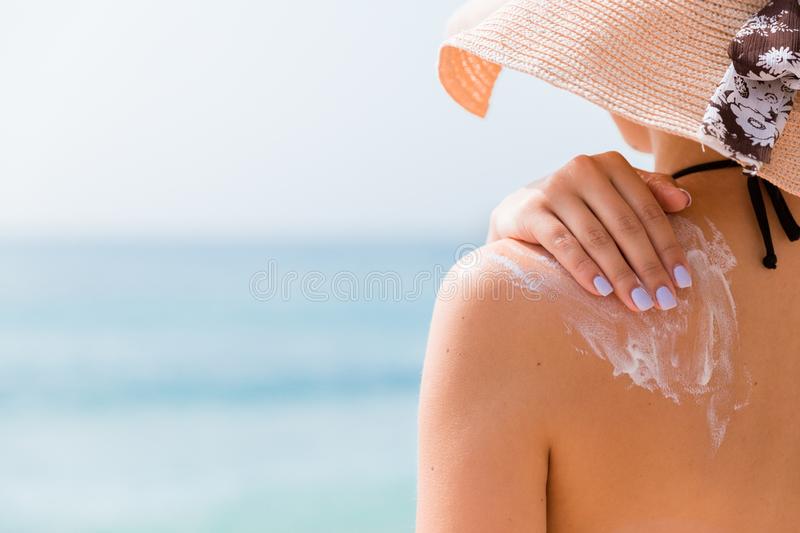
Moisturizers with SPF?
If you are going to run a quick errand then you can opt for a moisturizer that has an SPF 15 or higher. There are many make-up products that come with SPF these days. It is obviously beneficial for your skin because the more protective layers are present, the better it is.
Remember to apply sunscreen if you are going to be out the whole day long. Even if you are wearing products that contain SPF, applying sunscreen is still essential as its main function is to protect your skin.
While you focus on your face, do not forget about your neck, ears, hands or any other body part that is exposed to the Sun. Also, cosmetic products or moisturizers with SPF are not enough to prevent damage to the skin. Applying all products with an SPF will never replace the use of sunscreen.

Final Words
While the debate always continues for whether moisturiser should be applied below the sunscreen or not, this was our take on this topic. Dermatologists prove the theory of applying physical sunscreen after and chemical sunscreen before the moisturizer. Protect your skin from irreversible damage by wearing sunscreen without any fail.

